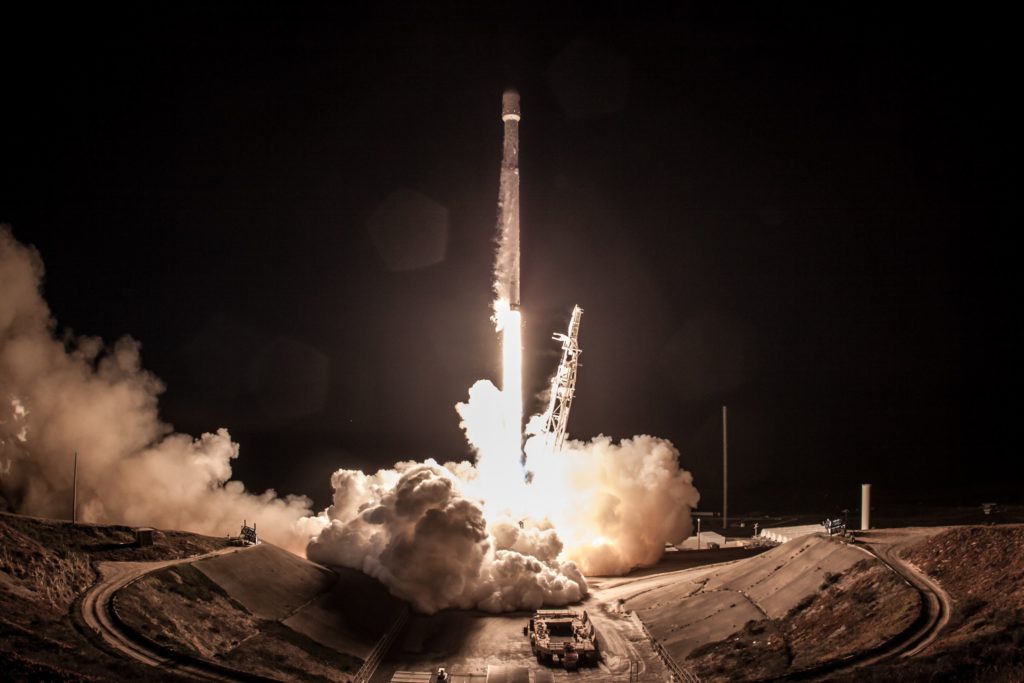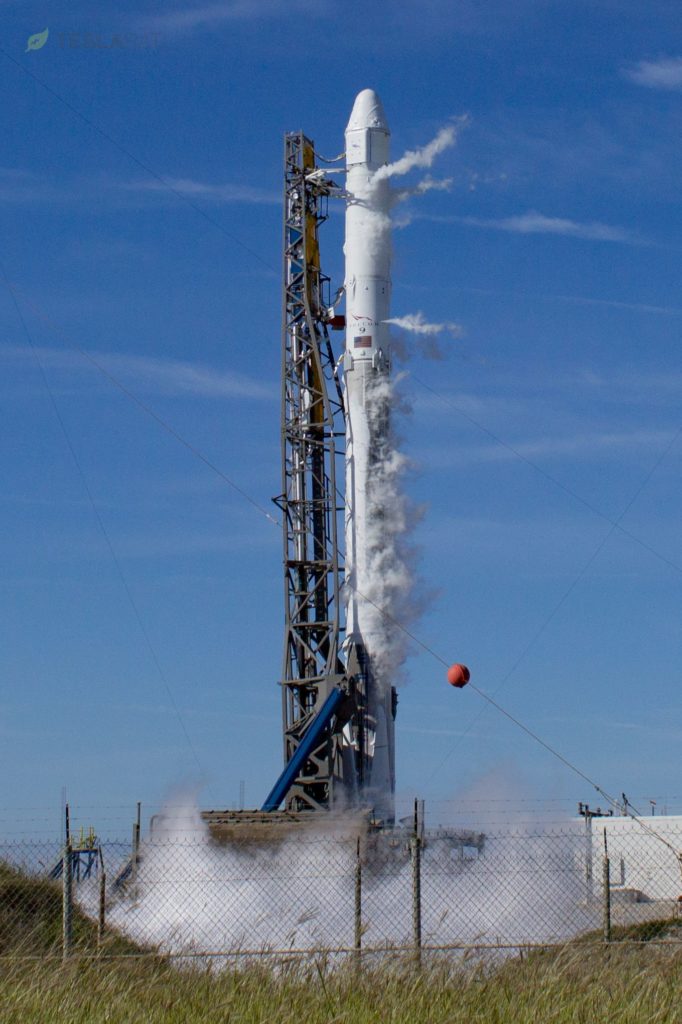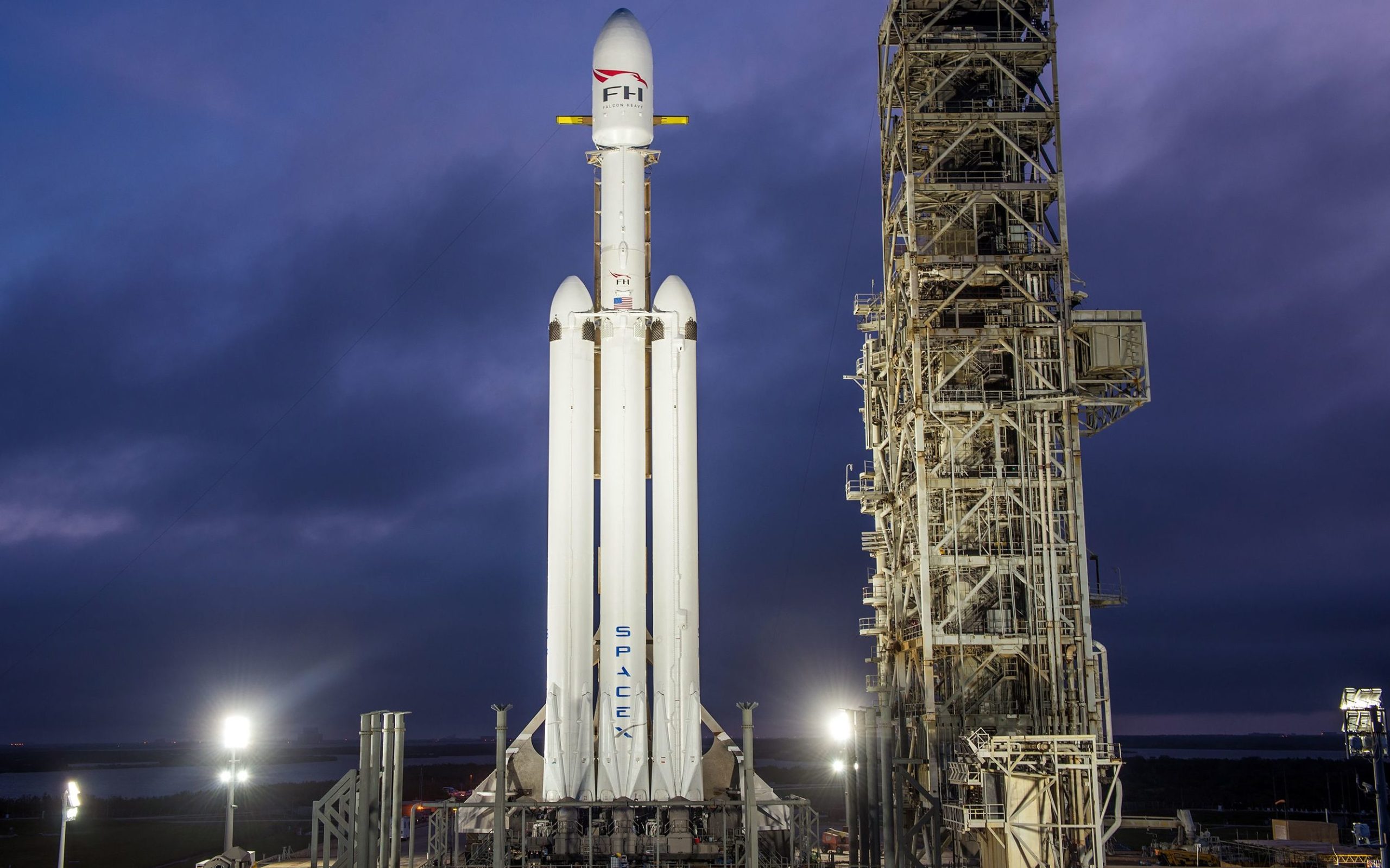
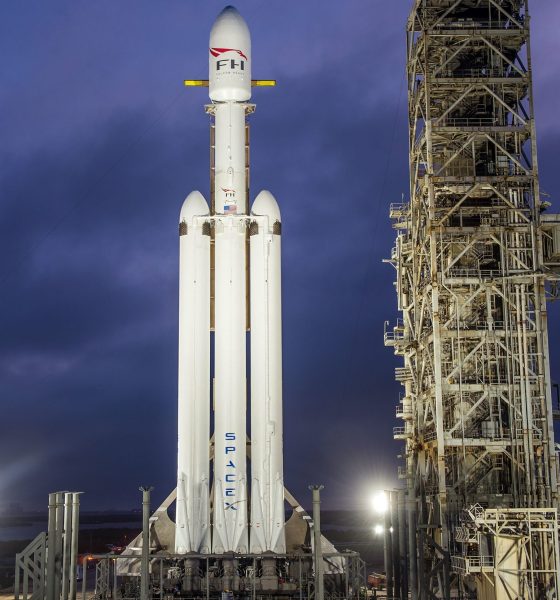
News
SpaceX Falcon Heavy testing delayed after government shutdown
As the U.S. Senate’s majority party searches for ten additional votes in order to end a federal government shutdown that began late Saturday, all “non-essential” activities at the country’s numerous government-operated space launch facilities have ground to an immediate halt and will remain in limbo until a funding bill compromise is hammered out.
While SpaceX is a wholly private space launch company, it relies almost unilaterally upon launch support and range expertise provided by NASA and the US Air Force, both in Cape Canaveral, FL and Vandenberg, CA. Sadly, the Air Force personnel SpaceX depend upon to conduct launches, static fires, and other ignition tests at its launch pads are not considered “essential” under regulations that prevent the federal government from coming to a complete halt in the event of a funding-related shutdown.
Unfortunately, a budget agreement wasn't reached, resulting in a gov't shutdown. This will unfortunately disrupt the lives and operations here at Patrick AFB. Go to https://t.co/yvmNBH1LMy for info on the current shutdown, impact on base resources, & financial resource options.
— Space Launch Delta 45 (@SLDelta45) January 20, 2018
SpaceX did appear to complete the most thorough round of Falcon Heavy testing yet late Saturday evening, the US Senate’s failure to either pass a continuing resolution or a new funding bill for the fiscal year led to a complete federal government shutdown soon after. As a result, nearly all of the US Air Force’s 45th Space Wing – a crucial backbone of East coast range and launch operations – was furloughed indefinitely, pending new funding from Congress. SpaceX had previously requested a new static fire date for Falcon Heavy on Monday, January 22 (today), a date that is now clearly going to move right for at least as long as the government lacks funding for basic launch operations.
Thankfully, activities like the extensive propellant loading tests that occurred on Saturday night do not technically require range support, so long as no engine ignition or static fire components are included. In the event of a catastrophic failure, the government-run range would be tasked with ensuring the safety of those in the vicinity and coordinating the emergency response that would immediately follow. This policy is brought somewhat into question by the failure of Amos-6 – although that Falcon 9 was being prepared for a static fire test, its highly-destructive failure is understood to have occurred at least five or more minutes before the planned point of ignition. Nevertheless, SpaceX will be able to continue some level of testing with Falcon Heavy, if needed.
Elsewhere, instability
While SpaceX’s Falcon Heavy has undoubtedly garnered magnitudes more eyeballs than the company’s Falcon 9 activities, the government shutdown could be far more consequential for SpaceX’s customers if it cannot be halted within a handful of days. A federal shutdown lasting several days is a hugely disruptive and damaging event on its own, lack of range support on the East coast could quickly begin to eat into SpaceX’s GovSat-1 preparations, the launch of which is targeting NET late January/January 30. For GovSat-1’s flight-proven booster, a static fire at the launch site is unlikely to be bypassed (SpaceX has never skipped a prelaunch static fire), and would typically occur no fewer than four or five days before launch. As a result, in the somewhat unlikely event that the shutdown stretches beyond the next several days, SpaceX customers SES and GovSat could see their launch delayed, an event that would likely bring financial consequences to the public-private satellite venture.
Looking slightly farther into the future, SpaceX’s flight-proven launch of PAZ and two of its own prototype communications satellites is just about two weeks away from its own static fire test, this time at the West Coast’s Vandenberg Air Force Base. Such an extended shutdown would be utterly unprecedented, but if 2017 and 2018 have done anything at all, they’ve tempered tendencies towards knee-jerk claims of “that’ll never happen!”
- A panorama of LC-39A in November 2017. (Tom Cross/Teslarati)
- SpaceX’s Vandenberg launch complex, SLC-4E, depends upon an Air Force range to operate. (SpaceX)
- LC-40, located in Cape Canaveral Air Force Station, is SpaceX’s second pad. (Tom Cross)
Here’s to hoping that Congress can get their act together and return to those they represent the bare minimum of federal stability, for both federal employees and those that depend upon them.
Update: After a solid two days of shutdown, the Senate has apparently reached an agreement to pass a continuing resolution that will maintain funding for another three weeks, after which a new FY2018 budget must be passed to avoid another shutdown. While this thankfully means that the impact to the Space Coast and the Air Force’s 45th Space Wing should be relatively small, I have left my above thoughts on the potential impacts of a longer shutdown untouched for posterity.
Senate has voted on an amended bill to fund U.S. government for 3 weeks. Bill now heads back to the House for debate & vote. If it passes the House without changes, the President then needs to sign it into law. Once all those things happen, the government reopens. Then… 1/2
— Chris G (@ChrisG_SpX) January 22, 2018
Follow along live as launch photographer Tom Cross and I cover these exciting proceedings as close to live as possible.
Teslarati – Instagram – Twitter
Tom Cross – Instagram
Eric Ralph – Twitter

News
Tesla adds 15th automaker to Supercharger access in 2025
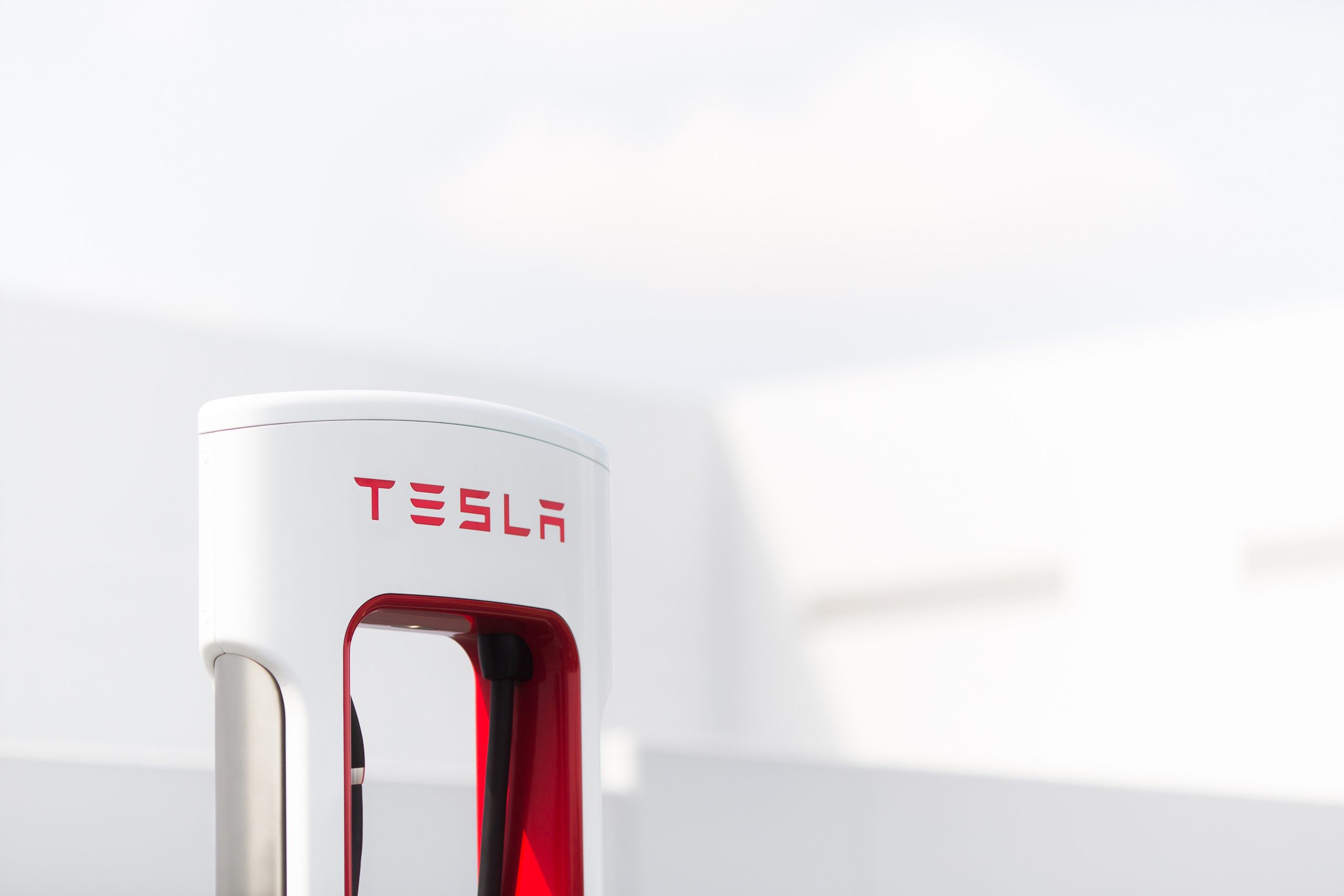
Tesla has added the 15th automaker to the growing list of companies whose EVs can utilize the Supercharger Network this year, as BMW is the latest company to gain access to the largest charging infrastructure in the world.
BMW became the 15th company in 2025 to gain Tesla Supercharger access, after the company confirmed to its EV owners that they could use any of the more than 25,000 Supercharging stalls in North America.
Welcome @BMW owners.
Download the Tesla app to charge → https://t.co/vnu0NHA7Ab
— Tesla Charging (@TeslaCharging) December 10, 2025
Newer BMW all-electric cars, like the i4, i5, i7, and iX, are able to utilize Tesla’s V3 and V4 Superchargers. These are the exact model years, via the BMW Blog:
- i4: 2022-2026 model years
- i5: 2024-2025 model years
- 2026 i5 (eDrive40 and xDrive40) after software update in Spring 2026
- i7: 2023-2026 model years
- iX: 2022-2025 model years
- 2026 iX (all versions) after software update in Spring 2026
With the expansion of the companies that gained access in 2025 to the Tesla Supercharger Network, a vast majority of non-Tesla EVs are able to use the charging stalls to gain range in their cars.
So far in 2025, Tesla has enabled Supercharger access to:
- Audi
- BMW
- Genesis
- Honda
- Hyundai
- Jaguar Land Rover
- Kia
- Lucid
- Mercedes-Benz
- Nissan
- Polestar
- Subaru
- Toyota
- Volkswagen
- Volvo
Drivers with BMW EVs who wish to charge at Tesla Superchargers must use an NACS-to-CCS1 adapter. In Q2 2026, BMW plans to release its official adapter, but there are third-party options available in the meantime.
They will also have to use the Tesla App to enable Supercharging access to determine rates and availability. It is a relatively seamless process.
News
Tesla adds new feature that will be great for crowded parking situations
This is the most recent iteration of the app and was priming owners for the slowly-released Holiday Update.
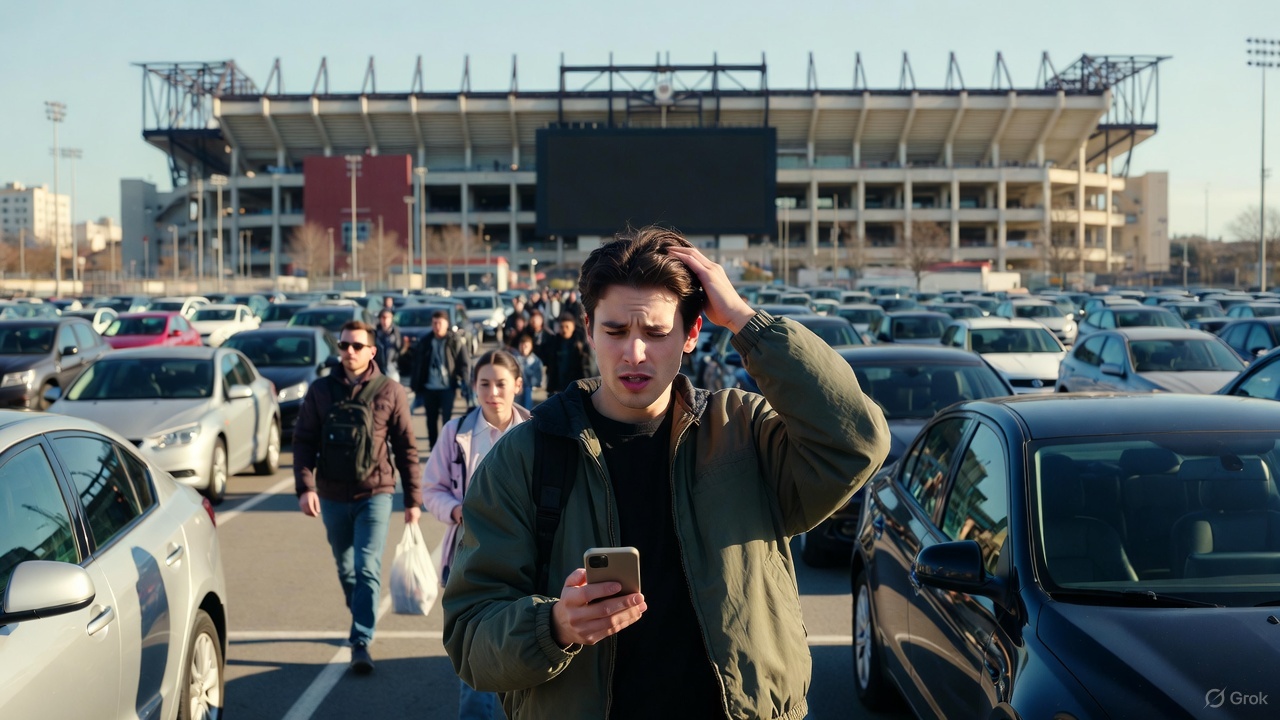
Tesla has added a new feature that will be great for crowded parking lots, congested parking garages, or other confusing times when you cannot seem to pinpoint where your car went.
Tesla has added a new Vehicle Locator feature to the Tesla App with App Update v4.51.5.
This is the most recent iteration of the app and was priming owners for the slowly-released Holiday Update.
While there are several new features, which we will reveal later in this article, perhaps one of the coolest is that of the Vehicle Locator, which will now point you in the direction of your car using a directional arrow on the home screen. This is similar to what Apple uses to find devices:
Interesting. The location arrow in the Tesla app now points to your car when you’re nearby. pic.twitter.com/b0yjmwwzxN
— Whole Mars Catalog (@wholemars) December 7, 2025
In real time, the arrow gives an accurate depiction of which direction you should walk in to find your car. This seems extremely helpful in large parking lots or unfamiliar shopping centers.
Getting to your car after a sporting event is an event all in itself; this feature will undoubtedly help with it:
The nice little touch that Tesla have put in the app – continuous tracking of your vehicle location relative to you.
There’s people reporting dizziness testing this.
To those I say… try spinning your phone instead. 😉 pic.twitter.com/BAYmJ3mzzD
— Some UK Tesla Guy (UnSupervised…) (@SomeUKTeslaGuy) December 8, 2025
Tesla’s previous app versions revealed the address at which you could locate your car, which was great if you parked on the street in a city setting. It was also possible to use the map within the app to locate your car.
However, this new feature gives a more definitive location for your car and helps with the navigation to it, instead of potentially walking randomly.
It also reveals the distance you are from your car, which is a big plus.
Along with this new addition, Tesla added Photobooth features, Dog Mode Live Activity, Custom Wraps and Tints for Colorizer, and Dashcam Clip details.
🚨 Tesla App v4.51.5 looks to be preparing for the Holiday Update pic.twitter.com/ztts8poV82
— TESLARATI (@Teslarati) December 8, 2025
All in all, this App update was pretty robust.
Elon Musk
Tesla CEO Elon Musk shades Waymo: ‘Never really had a chance’

Tesla CEO Elon Musk shaded Waymo in a post on X on Wednesday, stating the company “never really had a chance” and that it “will be obvious in hindsight.”
Tesla and Waymo are the two primary contributors to the self-driving efforts in the United States, with both operating driverless ride-hailing services in the country. Tesla does have a Safety Monitor present in its vehicles in Austin, Texas, and someone in the driver’s seat in its Bay Area operation.
Musk says the Austin operation will be completely void of any Safety Monitors by the end of the year.
🚨 Tesla vs. Waymo Geofence in Austin https://t.co/A6ffPtp5xv pic.twitter.com/mrnL0YNSn4
— TESLARATI (@Teslarati) December 10, 2025
With the two companies being the main members of the driverless movement in the U.S., there is certainly a rivalry. The two have sparred back and forth with their geofences, or service areas, in both Austin and the Bay Area.
While that is a metric for comparison now, ultimately, it will not matter in the coming years, as the two companies will likely operate in a similar fashion.
Waymo has geared its business toward larger cities, and Tesla has said that its self-driving efforts will expand to every single one of its vehicles in any location globally. This is where the true difference between the two lies, along with the fact that Tesla uses its own vehicles, while Waymo has several models in its lineup from different manufacturers.
The two also have different ideas on how to solve self-driving, as Tesla uses a vision-only approach. Waymo relies on several things, including LiDAR, which Musk once called “a fool’s errand.”
This is where Tesla sets itself apart from the competition, and Musk highlighted the company’s position against Waymo.
Jeff Dean, the Chief Scientist for Google DeepMind, said on X:
“I don’t think Tesla has anywhere near the volume of rider-only autonomous miles that Waymo has (96M for Waymo, as of today). The safety data is quite compelling for Waymo, as well.”
Musk replied:
“Waymo never really had a chance against Tesla. This will be obvious in hindsight.”
Waymo never really had a chance against Tesla. This will be obvious in hindsight.
— Elon Musk (@elonmusk) December 10, 2025
Tesla stands to have a much larger fleet of vehicles in the coming years if it chooses to activate Robotaxi services with all passenger vehicles. A simple Over-the-Air update will activate this capability, while Waymo would likely be confined to the vehicles it commissions as Robotaxis.

